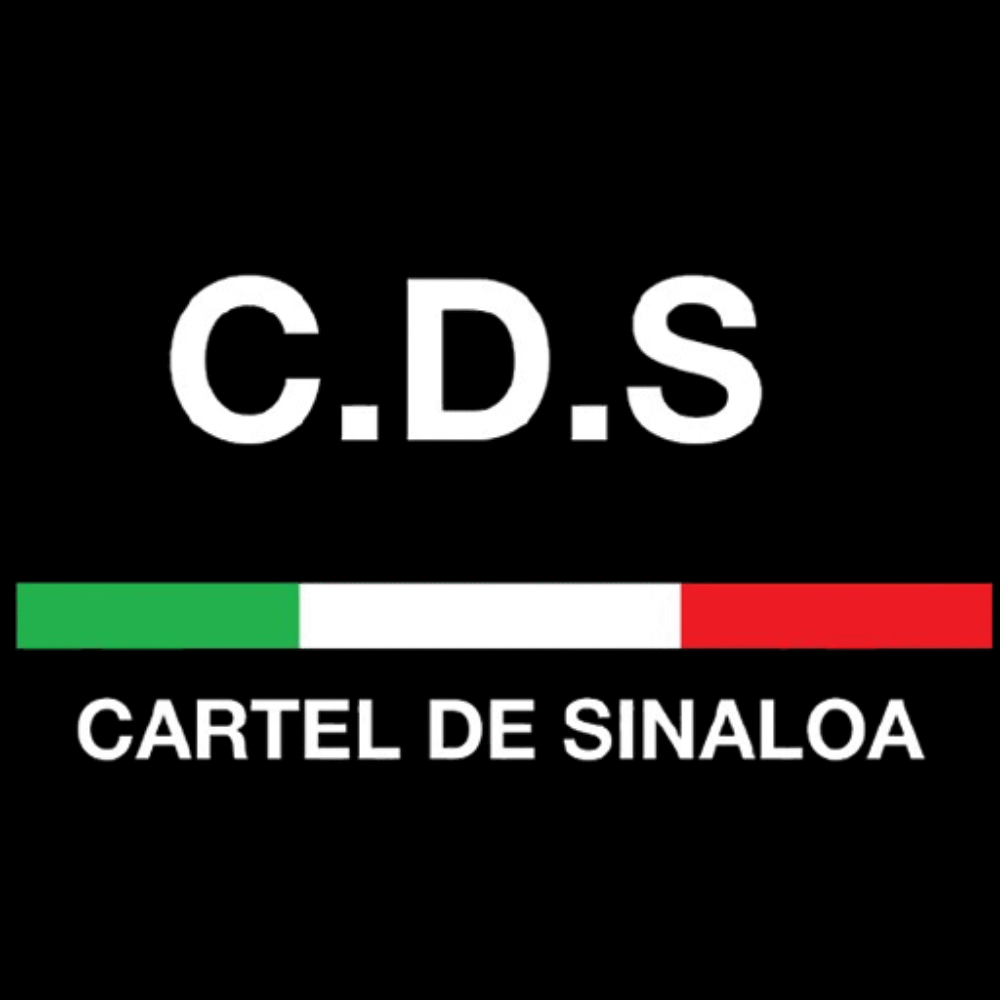Global Cocaine Distribution Network: How the Sinaloa Cartel Controls the Market
Introduction
The Sinaloa Cartel, one of Mexico’s most powerful and enduring criminal organizations, has established itself as a dominant force in the global cocaine trade. With its highly sophisticated network, the cartel not only controls significant portions of cocaine production but also oversees an extensive international distribution system. This article delves into the strategies, logistics, and global reach of the Sinaloa Cartel’s cocaine empire.
The Origins of the Sinaloa Cartel’s Cocaine Dominance
The Sinaloa Cartel’s ascent began in the late 1980s and early 1990s under the leadership of infamous kingpins such as Joaquín “El Chapo” Guzmán, Héctor Luis Palma Salazar, and Ismael “El Mayo” Zambada. Initially involved in marijuana and heroin trafficking, the cartel quickly recognized the profitability of cocaine, especially as demand skyrocketed across the United States, Europe, and Asia.
By forging alliances with South American cocaine producers, particularly in Colombia, Peru, and Bolivia, the Sinaloa Cartel secured a consistent and large-scale supply chain that laid the foundation for its dominance.
Supply Chain Control: From South America to Global Markets
Partnerships with Coca Growers
The first step in the cartel’s cocaine distribution network begins with partnerships established with coca growers in South America. The Sinaloa Cartel often finances coca cultivation directly, ensuring both loyalty and a steady stream of product.
Processing and Refinement
Once harvested, coca leaves are processed into cocaine hydrochloride in clandestine labs. These labs often operate under cartel oversight or partnership, maintaining high purity levels that make their product more desirable on the international market.
Logistics and Smuggling Routes
The Sinaloa Cartel is renowned for its innovative smuggling methods:
-
Narco-submarines: Custom-built submersibles capable of transporting tons of cocaine undetected beneath the sea.
-
Tunnels: Sophisticated underground tunnels, particularly along the US-Mexico border.
-
Aerial drops: Use of private aircraft and drones for remote deliveries.
-
Maritime shipments: Cargo containers, fishing vessels, and commercial ships.
-
Land routes: Convoys moving through Central America and Mexico toward key border points.
These diverse methods enable the cartel to mitigate law enforcement crackdowns and adapt to changing security landscapes.
Global Distribution Hubs
United States: The Primary Market
The United States remains the largest consumer of cocaine globally. The Sinaloa Cartel’s extensive distribution networks across key American cities like Los Angeles, Chicago, New York, and Miami allow it to dominate wholesale and street-level sales. Trusted cells and distribution partners handle local logistics, money laundering, and security.
Europe: A Growing Frontier
With increasing demand in Europe, especially in countries like the UK, Spain, Netherlands, and Germany, the Sinaloa Cartel has established partnerships with European criminal organizations. Shipments often arrive via ports in Antwerp, Rotterdam, and Algeciras, disguised in legitimate cargo.
Asia-Pacific Expansion
Emerging markets in Australia, China, Japan, and Southeast Asia present lucrative opportunities. The cartel leverages existing trade routes and collaborates with local syndicates to navigate strict border controls and law enforcement.
The Financial Power of the Sinaloa Cartel
The vast sums generated from cocaine sales fuel a complex financial empire. The Sinaloa Cartel employs:
-
Money laundering operations: Shell companies, casinos, real estate investments.
-
Cryptocurrency transactions: Anonymous digital currency movement.
-
Bulk cash smuggling: Physical transportation of large cash sums across borders.
This financial muscle allows the cartel to bribe officials, purchase advanced technology, and invest in further expansion.
Violence and Corruption: Maintaining Control
Strategic Use of Violence
Unlike some rivals, the Sinaloa Cartel often applies targeted violence to protect routes and discipline partners while avoiding large-scale conflicts that attract government intervention.
Political Corruption
Bribing law enforcement, politicians, and customs officials ensures smoother operations and early warnings about enforcement actions.
Law Enforcement Challenges
Despite massive international efforts, dismantling the Sinaloa Cartel’s cocaine empire remains extremely difficult due to:
-
Its decentralized structure.
-
Diversified leadership.
-
Cross-border legal complications.
-
Corrupt government elements in multiple countries.
High-profile arrests, such as that of El Chapo, have only temporarily disrupted operations, with other leaders quickly assuming control.
The Sinaloa Cartel vs. Rival Organizations
While the Sinaloa Cartel maintains its dominant position, competition from rivals such as the Jalisco New Generation Cartel (CJNG) continues to escalate. These rivalries occasionally spark violent confrontations but also push the Sinaloa Cartel to further evolve its strategies and maintain its market share.
Future of the Global Cocaine Market
Experts predict continued growth in global cocaine consumption, particularly in Europe and Asia. The Sinaloa Cartel is likely to:
-
Strengthen its global alliances.
-
Invest in more sophisticated logistics.
-
Expand into emerging markets.
-
Continue leveraging technology for financial operations.
Conclusion
The Sinaloa Cartel’s grip on the global cocaine trade is a testament to its operational sophistication, adaptability, and ruthless efficiency. From coca fields in South America to urban centers across the globe, the cartel’s reach is virtually unmatched. As global demand for cocaine grows, the Sinaloa Cartel remains at the epicenter of this multibillion-dollar illegal industry.


